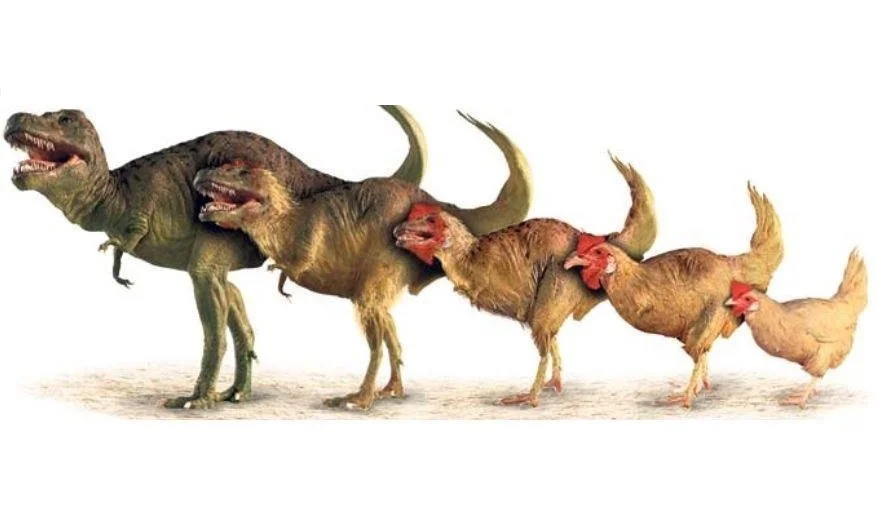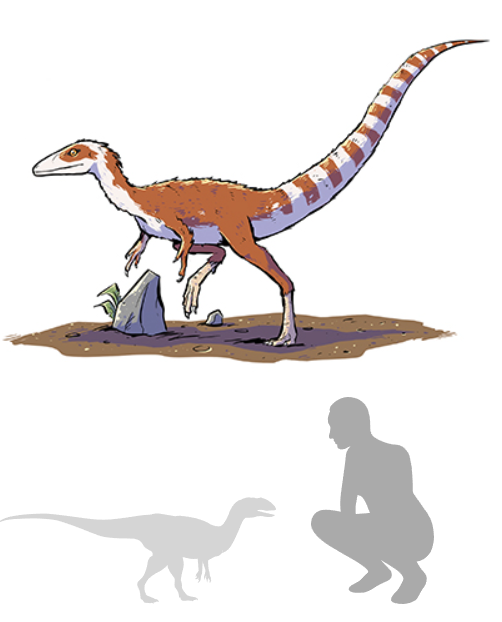The Dinosaur Connection: How Chickens Are Related to Dinosaurs
When we think of dinosaurs, images of massive creatures like Tyrannosaurus rex and Velociraptor often come to mind. However, one of the most fascinating revelations in paleontology is that these awe-inspiring reptiles have living descendants that walk among us today: birds. Among these avian descendants, the humble chicken is a direct link to the age of dinosaurs. Here, we delve into the evidence and science that connects chickens to their prehistoric ancestors.
Shared Physical Characteristics
Birds and theropod dinosaurs share a remarkable number of physical traits. Both groups exhibit hollow bones, which reduce weight and are advantageous for flight in birds and potentially for agility in theropods. Additionally, the limb structure of birds, particularly their three-toed feet, mirrors that of many theropod dinosaurs. These shared characteristics are more than coincidental; they point to a common ancestry.
The Feather Connection
One of the most striking links between birds and theropod dinosaurs is the presence of feathers. For a long time, feathers were thought to be exclusive to birds. However, fossil evidence has revealed that feathers were widespread among theropods. Species such as Velociraptor and the more primitive theropod Sinosauropteryx were covered in feathers, suggesting that these structures originally evolved for purposes other than flight, such as insulation or display.
Sinosauropteryx
Type of dinosaur: small theropod
Length: 1.1m
Diet: carnivorous
Food: small animals, including mammals and lizards
How it moved: on 2 legs
When it lived: Early Cretaceous, 125-122 million years ago
Found in: China
Cladistics and Evolutionary Relationships
Cladistics, a method of classifying organisms based on common ancestry, places birds firmly within the theropod group. Within this framework, birds are part of a subgroup called Coelurosauria, which includes some of the most well-known dinosaurs like T. rex. This classification is based on a multitude of shared derived characteristics that indicate evolutionary relationships. Essentially, birds are considered avian dinosaurs, a specialized branch of the theropod family tree.
Fossil Evidence: The Transitional Forms
Fossils provide crucial evidence for the evolutionary transition from non-avian dinosaurs to birds. One of the most famous transitional fossils is Archaeopteryx, which lived about 150 million years ago. Archaeopteryx possesses a blend of avian and dinosaurian features, such as feathers and a wishbone, combined with teeth, a long bony tail, and clawed fingers. These traits make Archaeopteryx a key piece of evidence in understanding the evolution of flight and the emergence of birds from theropod ancestors.
The skeletons of the nonavian maniraptoran Velociraptor, the Jurassic bird Archaeopteryx, the Early Cretaceous short-tailed bird Sapeornis and enantiornithine Longipteryx, the Late Cretaceous Ichthyornis, and the living Gallus (chicken). In recent years, a wealth of bird-like nonavian maniraptorans and primitive (“dinosaur”-like) birds have been unearthed from Mesozoic rocks worldwide—these discoveries have consolidated the notion that birds evolved from maniraptoran theropod dinosaurs. Drawings not to scale
Genetic Studies
Modern genetic research further reinforces the connection between birds and dinosaurs. Comparative studies of the genomes of birds and reptiles reveal many similarities, particularly with theropod dinosaurs. These genetic similarities include not only the structure of DNA but also the expression of certain genes that govern development and morphology.
The connection between chickens and dinosaurs is a compelling example of how modern science can unveil the deep evolutionary history of even the most commonplace animals. Chickens, like all birds, are the living descendants of theropod dinosaurs, carrying forward a legacy that stretches back millions of years. This lineage is evidenced by shared physical traits, the presence of feathers in both groups, cladistic classification, transitional fossils, and genetic similarities. As such, the next time you see a chicken, remember that you are looking at a modern-day dinosaur, a remarkable testament to the enduring legacy of these ancient creatures.









